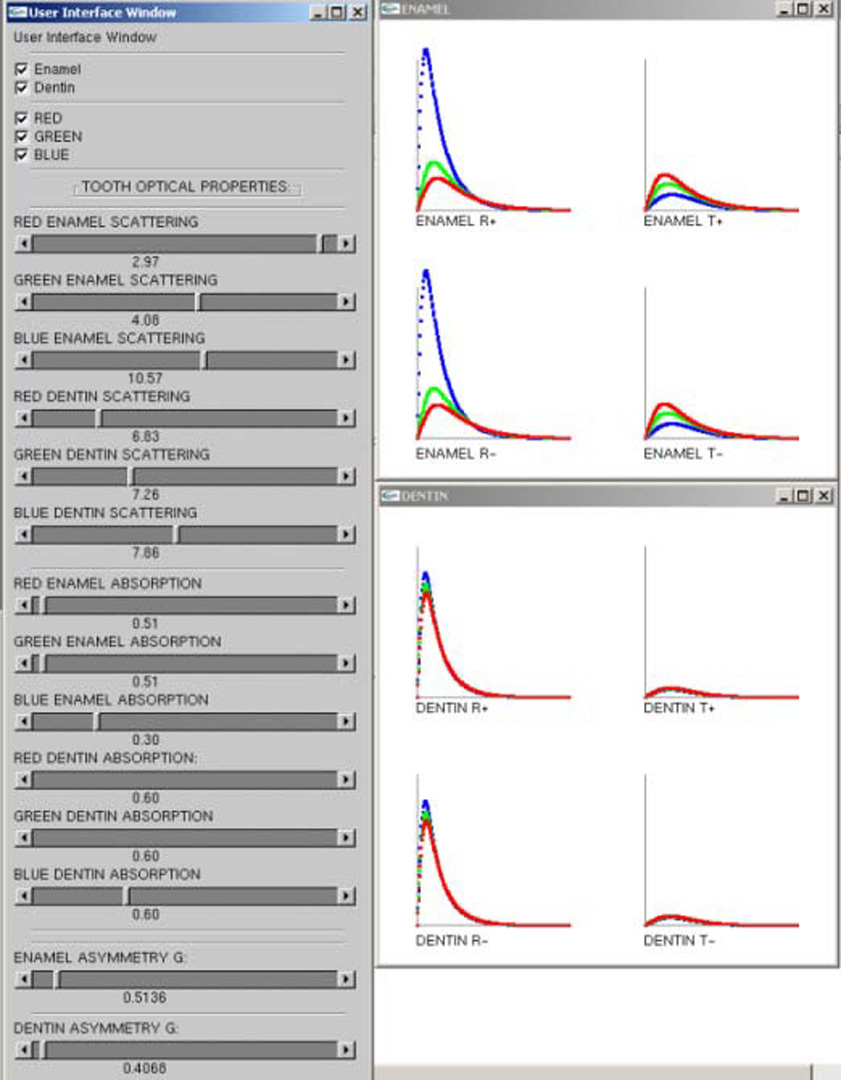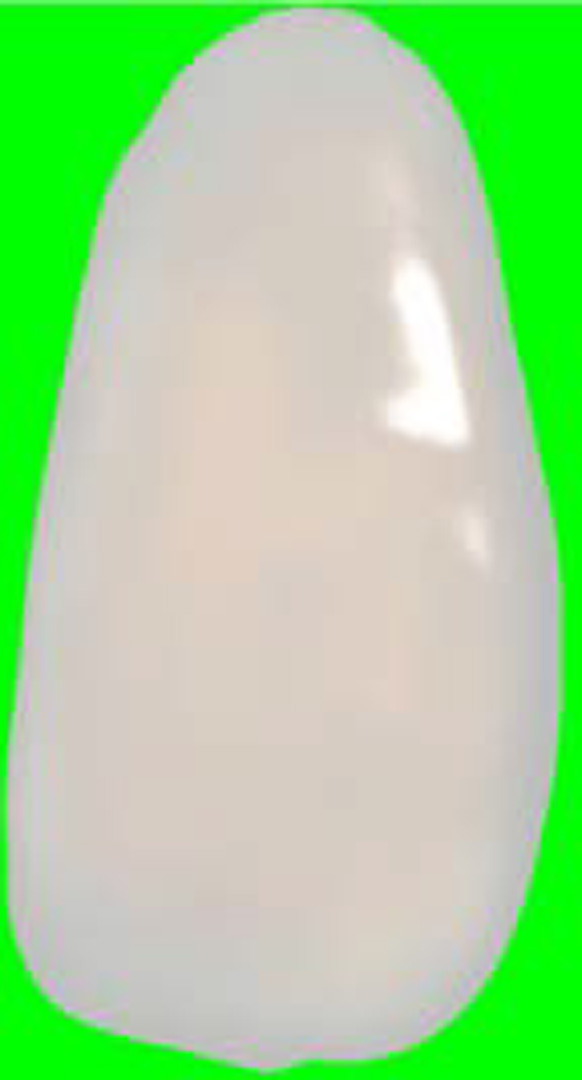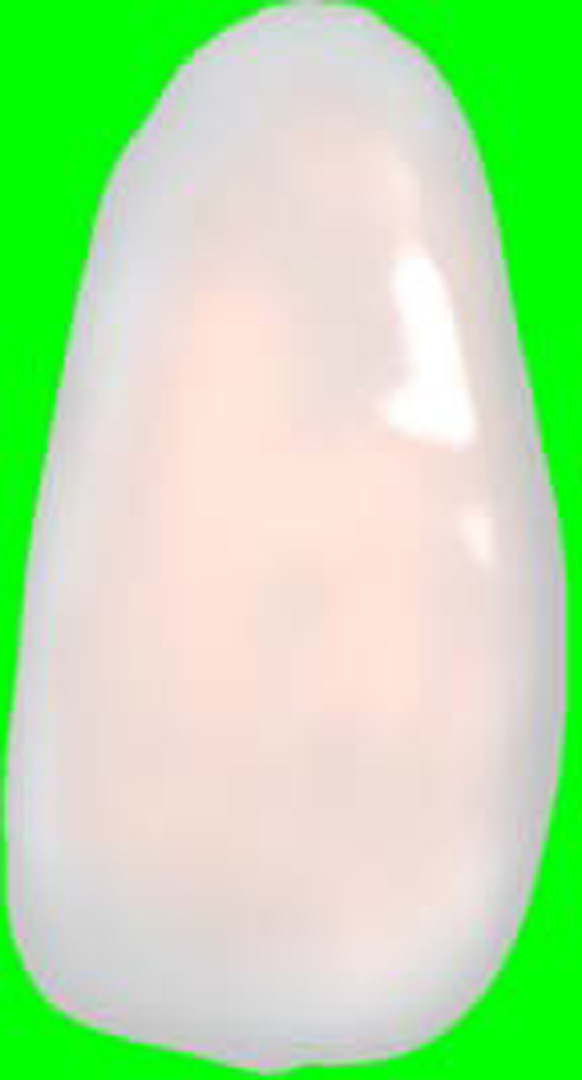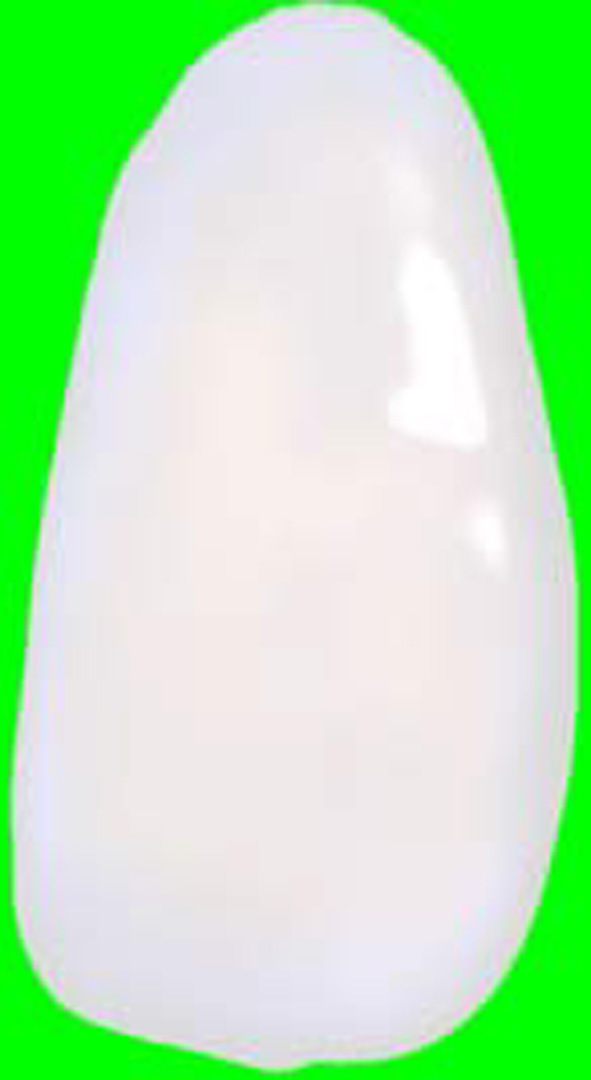“A physical rendering model for human teeth” by Shetty and Bailey
Conference:
Type(s):
Title:
- A physical rendering model for human teeth
Presenter(s)/Author(s):
Abstract:
This paper introduces a layered model for rendering human teeth, to be used in photorealistic rendering of humans for games and animations. While the lighting responses of teeth have been studied in the dental industry ([Joiner 2004], [Brodbelt et al 1981], [Zijp and ten Bosch 1993]) for the production of realistic-looking dentures, to our knowledge this is the first study of its type in computer graphics for the production of realistic renderings. Human teeth exhibit translucency and are characterized by complex light interaction. From a rendering perspective, we make use of a bank of sliders (Figure 2) to vary optical properties at runtime and achieve desired rendering effects, including aging effects as shown in Figure 1. We also make use of hand drawn distribution maps for different layers rather than texture maps to achieve diffuse coloring.
References:
1. Brodbelt et al 1981 R. H. W. Brodbelt, W. J. O’Brien, P. L. Fan, J. G. Frazer-Dib and R. Yu, “Translucency of Human Dental Enamel”, Journal of Dental Research (1981).
2. Dreon et al 2007 Eugene Dreon, David Luebke, and Eric Enderton, “Efficient Rendering of Human Skin”, Eurographics Symposium on Rendering (2007)
3. Joiner 2004 Andrew Joiner, “Tooth colour: a review of the literature”, Journal of Dentistry, (2004) Unilever Oral Care, UK
4. Zijp and ten Bosch 1993 J. R. Zijp and J. J. ten Bosch, “Theoretical model for the scattering of light by dentin and comparison with measurements”, Applied Optics, Vol. 32, 411–415, (1993)
Additional Images:







